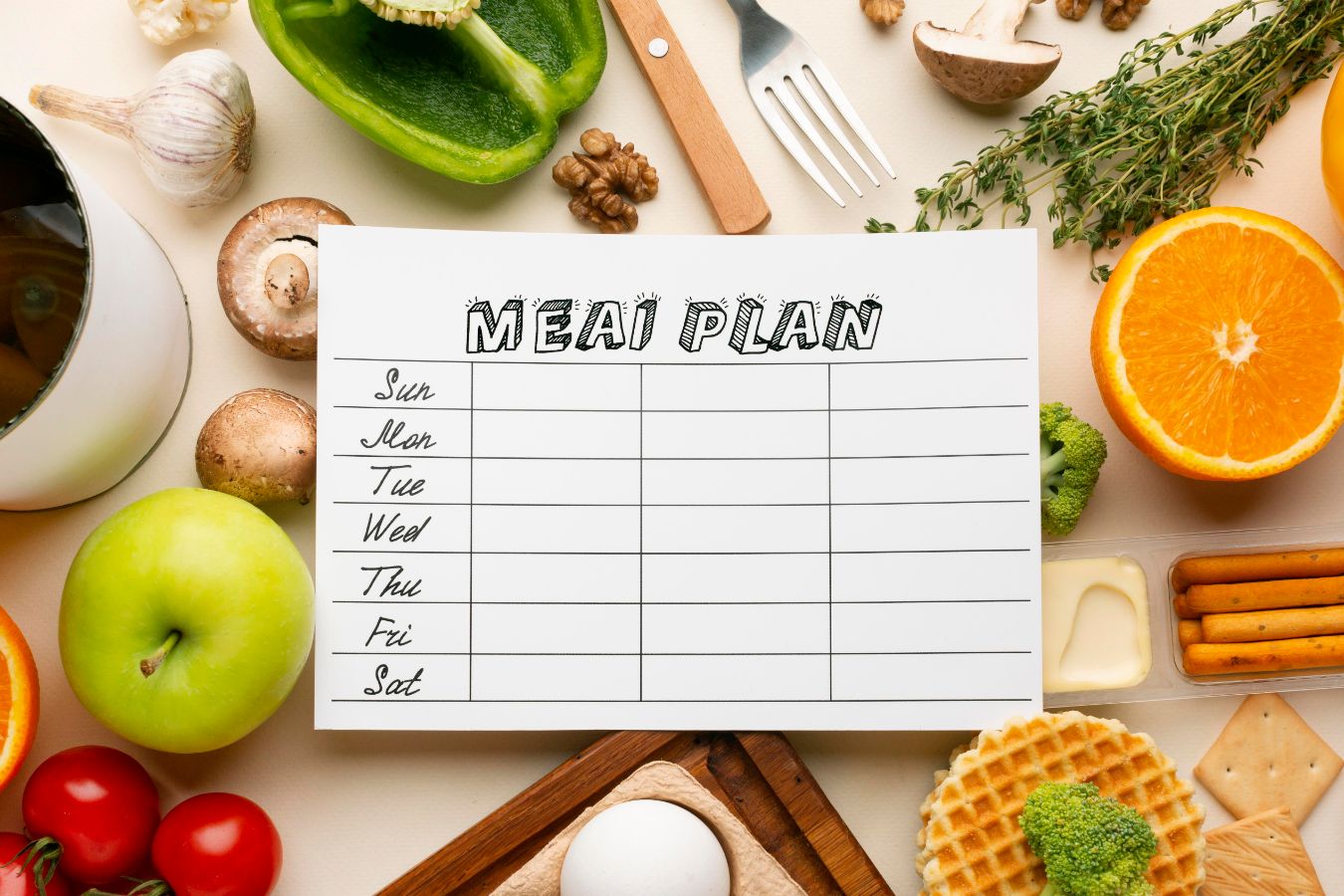
Budget-Friendly Meal Planning: A Guide to Smart Grocery Shopping
Introduction:
In today’s fast-paced world, balancing a busy schedule while keeping your grocery budget in check can be a challenge. However, with the right approach to meal planning and grocery shopping, it’s possible to enjoy delicious and nutritious meals without breaking the bank. In this comprehensive guide, we’ll delve into the art of budget-friendly meal planning and provide you with actionable tips to make smart choices at the grocery store, helping you save both time and money.
Understanding the Importance of Meal Planning:
Meal planning is a cornerstone of budget-friendly grocery shopping. By taking the time to plan your meals for the week ahead, you can avoid impulse purchases, reduce food waste, and ensure that you have everything you need on hand to prepare healthy meals. Additionally, meal planning allows you to make strategic use of ingredients, maximizing their versatility and minimizing the need for expensive last-minute trips to the store.
Set a Realistic Budget:
Before you start meal planning and grocery shopping, it’s essential to establish a realistic budget for your food expenses. Take into account factors such as the size of your household, dietary restrictions, and any special occasions or events that may impact your spending. Having a clear budget in mind will help you make informed decisions at the grocery store and avoid overspending.
Plan Your Meals:
Once you have a budget in place, it’s time to start planning your meals for the week. Consider factors such as your schedule, available ingredients, and nutritional needs when selecting recipes. Aim for a balance of protein, carbohydrates, and vegetables in each meal to ensure that you’re getting a well-rounded diet. Look for recipes that use affordable and versatile ingredients to stretch your budget further.
Make a Shopping List:
Based on your meal plan, create a detailed shopping list of the ingredients you’ll need for the week. Organize your list by category (e.g., produce, dairy, pantry staples) to streamline your shopping trip and prevent you from forgetting anything. Stick to your list as much as possible to avoid impulse purchases and stay within your budget.
Shop Smart:
When it comes time to hit the grocery store, there are several strategies you can use to maximize your savings. Start by comparing prices between different brands and sizes to identify the best value for each item on your list. Consider purchasing store-brand or generic products, which are often more affordable than name-brand alternatives without sacrificing quality. Take advantage of sales, promotions, and coupons to further reduce your grocery bill.
Buy in Bulk:
For items that you use frequently and have a long shelf life, consider buying in bulk to save money in the long run. Staples such as rice, pasta, beans, and frozen vegetables are often available in larger quantities at a lower unit cost. Just be sure to check the expiration dates and storage recommendations to avoid waste.
Embrace Meatless Meals:
Meat can be one of the most expensive items on your grocery list. Incorporating more meatless meals into your diet can help you save money while still enjoying delicious and nutritious food. Consider recipes that feature affordable protein sources such as beans, lentils, tofu, or eggs. Not only are these options budget-friendly, but they’re also better for the environment and your health.
Minimize Food Waste:
Reducing food waste is essential for both your budget and the environment. To minimize waste, plan your meals based on ingredients you already have on hand and use up perishable items before they spoil. Get creative with leftovers by incorporating them into new dishes or freezing them for future meals. Consider composting food scraps to divert them from the landfill and nourish your garden.
Conclusion:
Budget-friendly meal planning is a powerful tool for saving money on groceries while still enjoying delicious and nutritious meals. By setting a realistic budget, planning your meals, making a shopping list, shopping smart, buying in bulk, embracing meatless meals, and minimizing food waste, you can make the most of your grocery budget and achieve your financial goals. With a little effort and creativity, you can enjoy satisfying meals that nourish both your body and your bank account.





